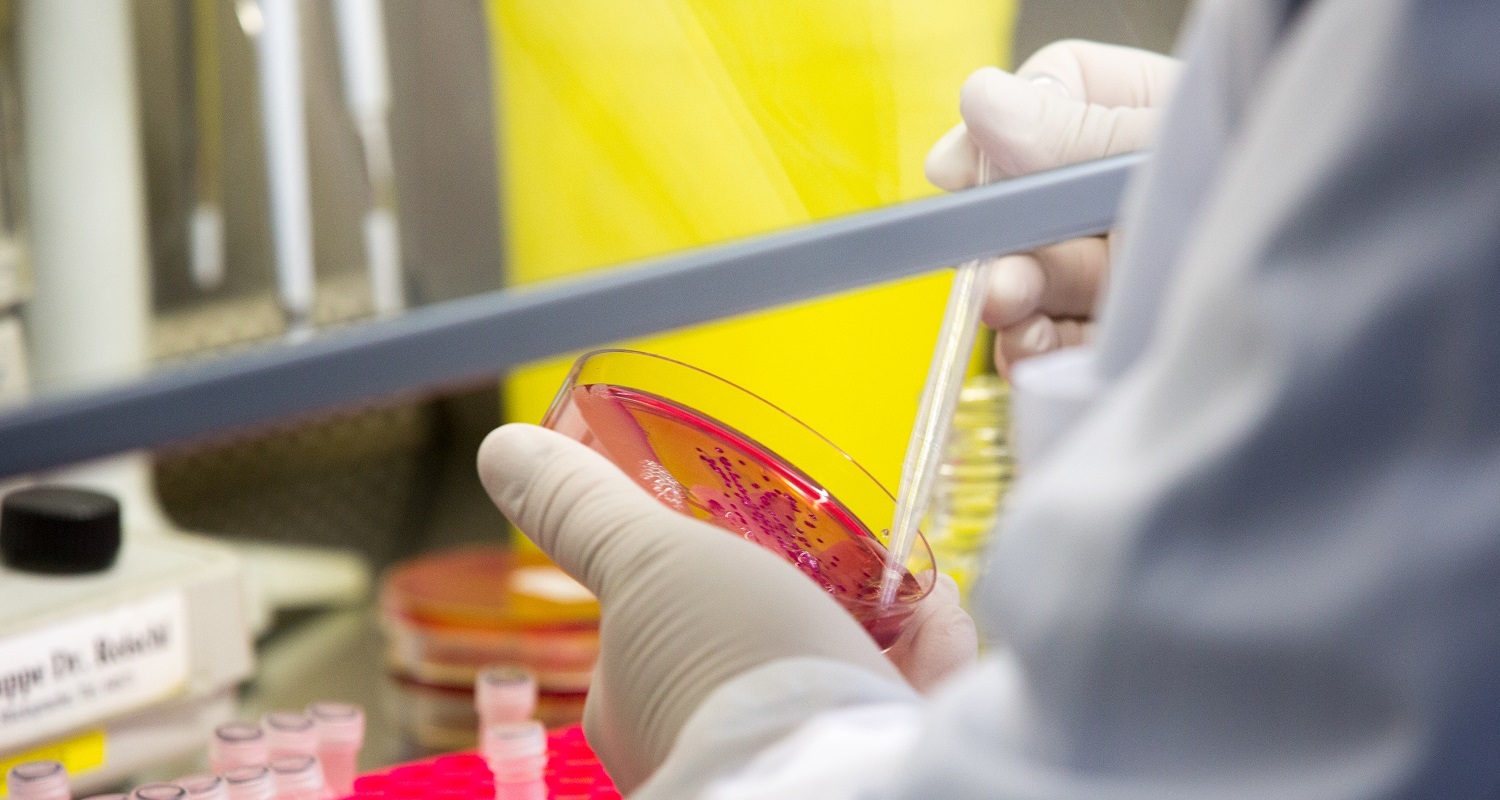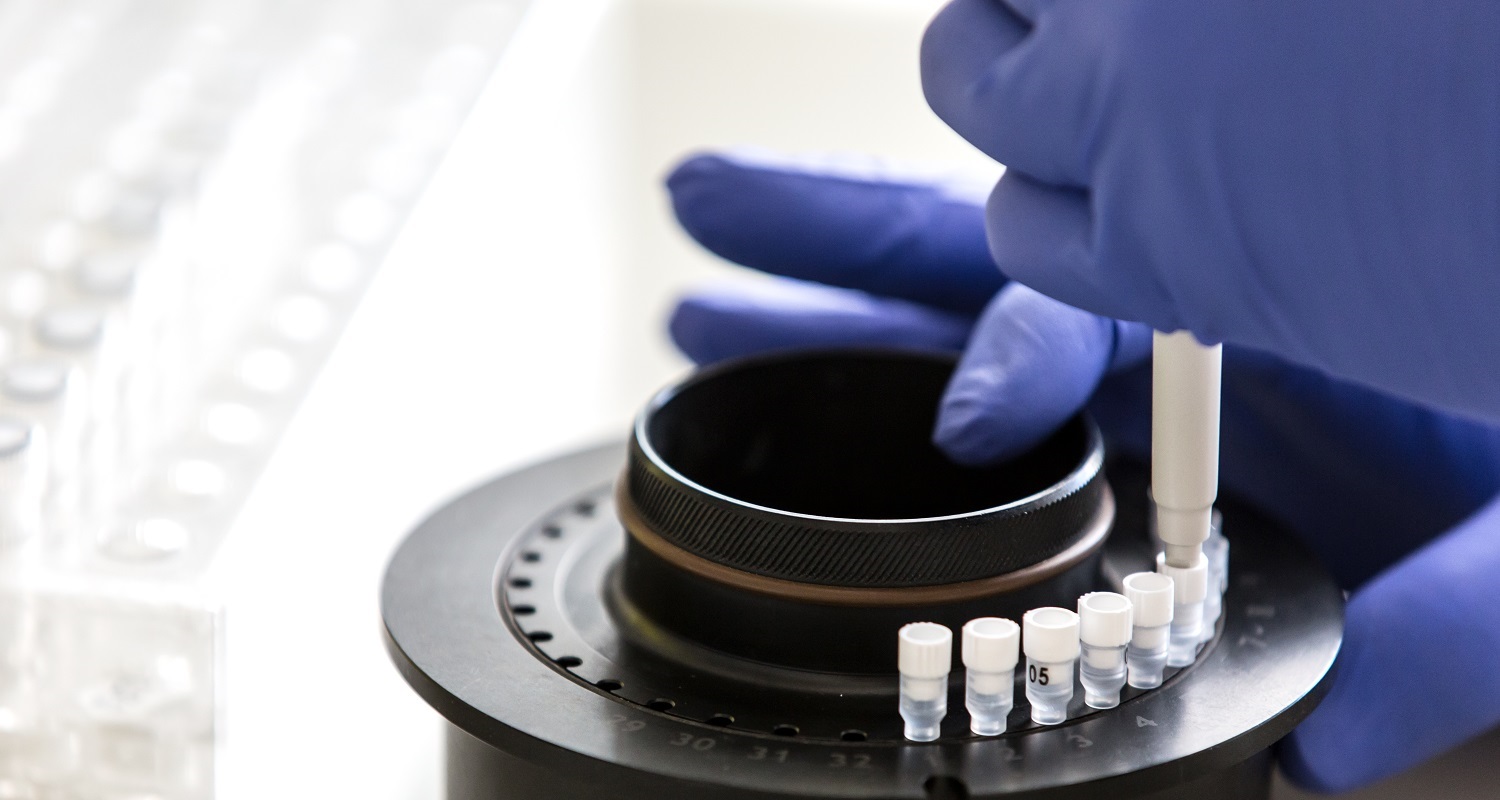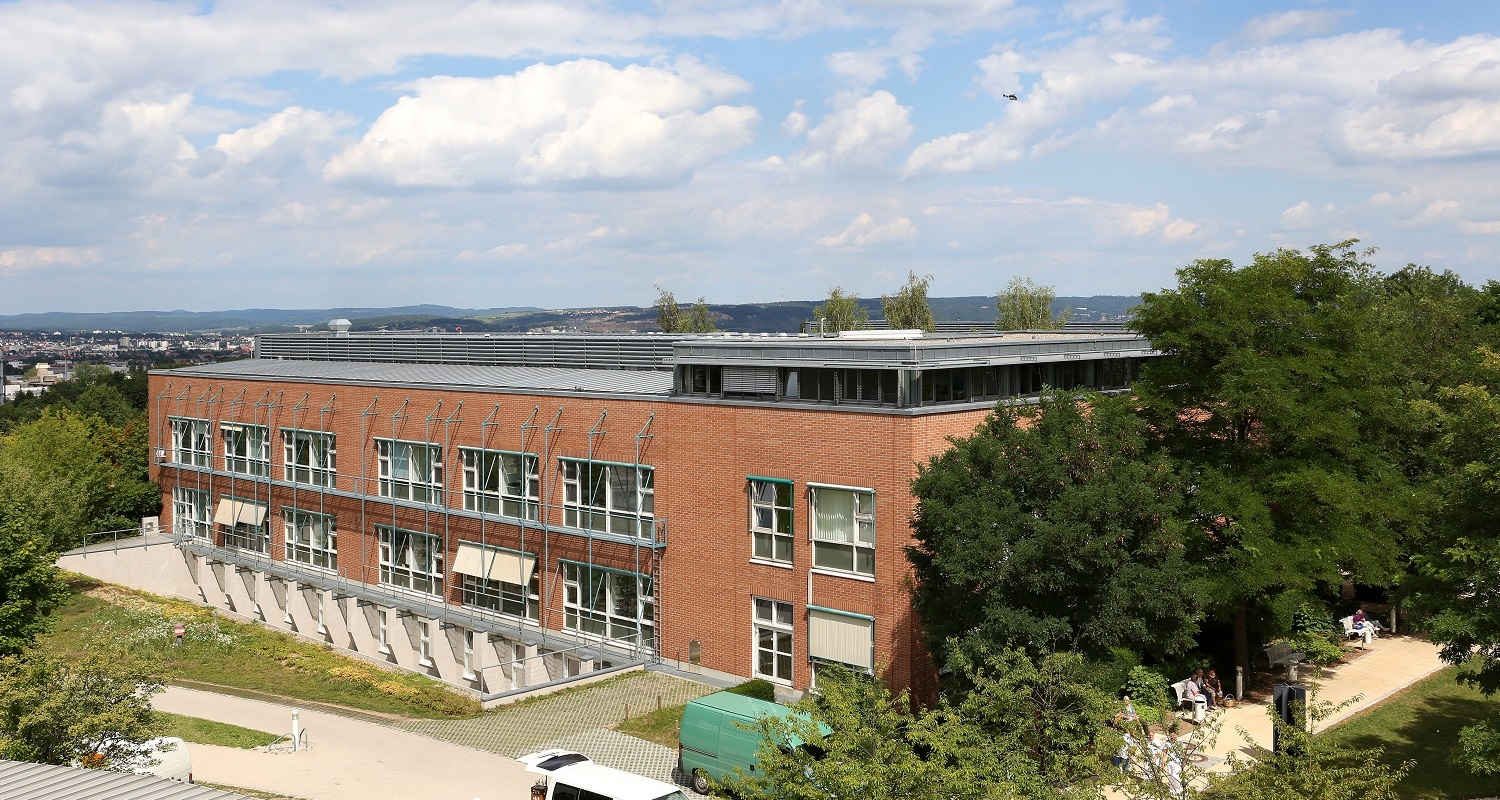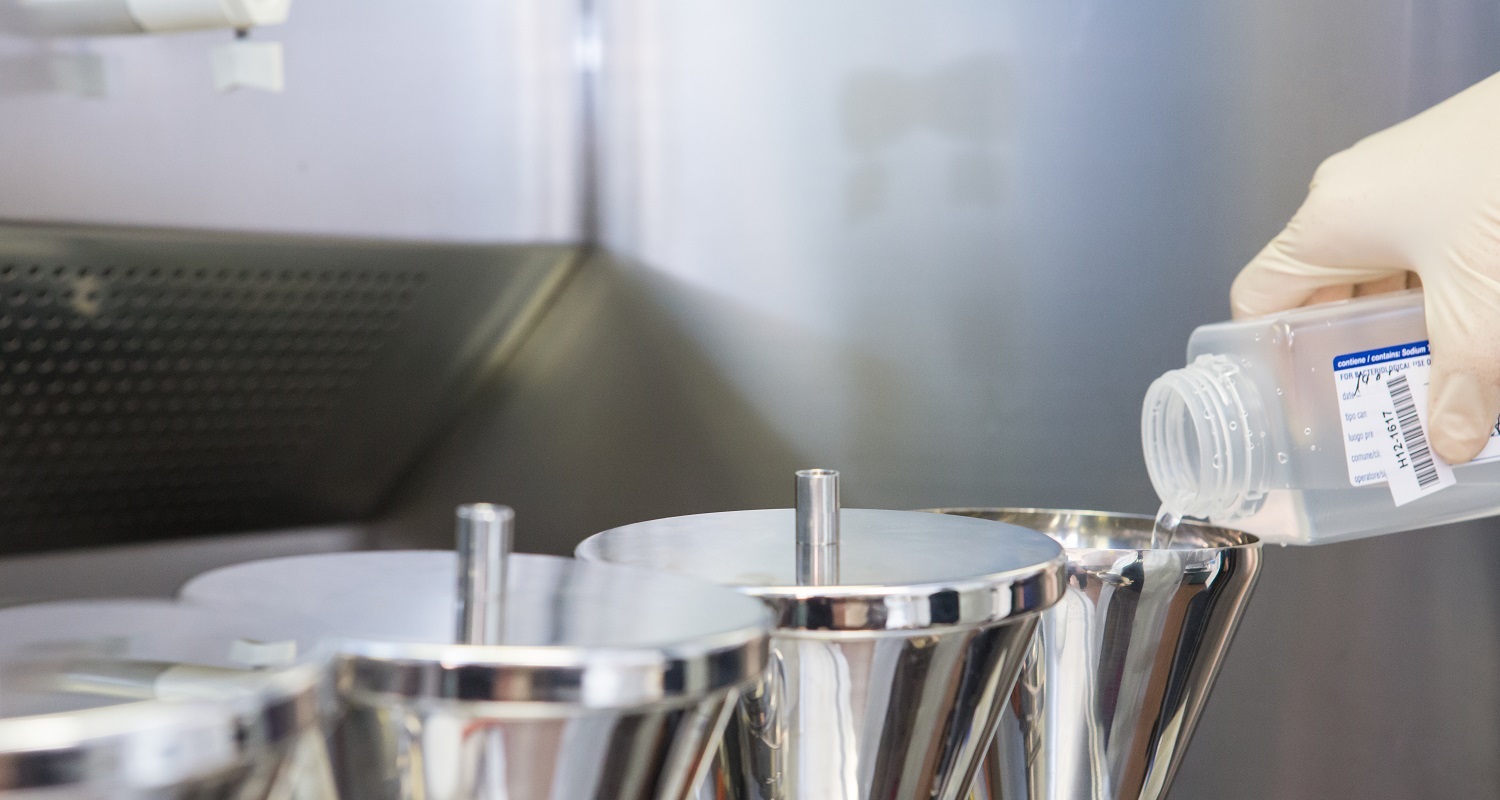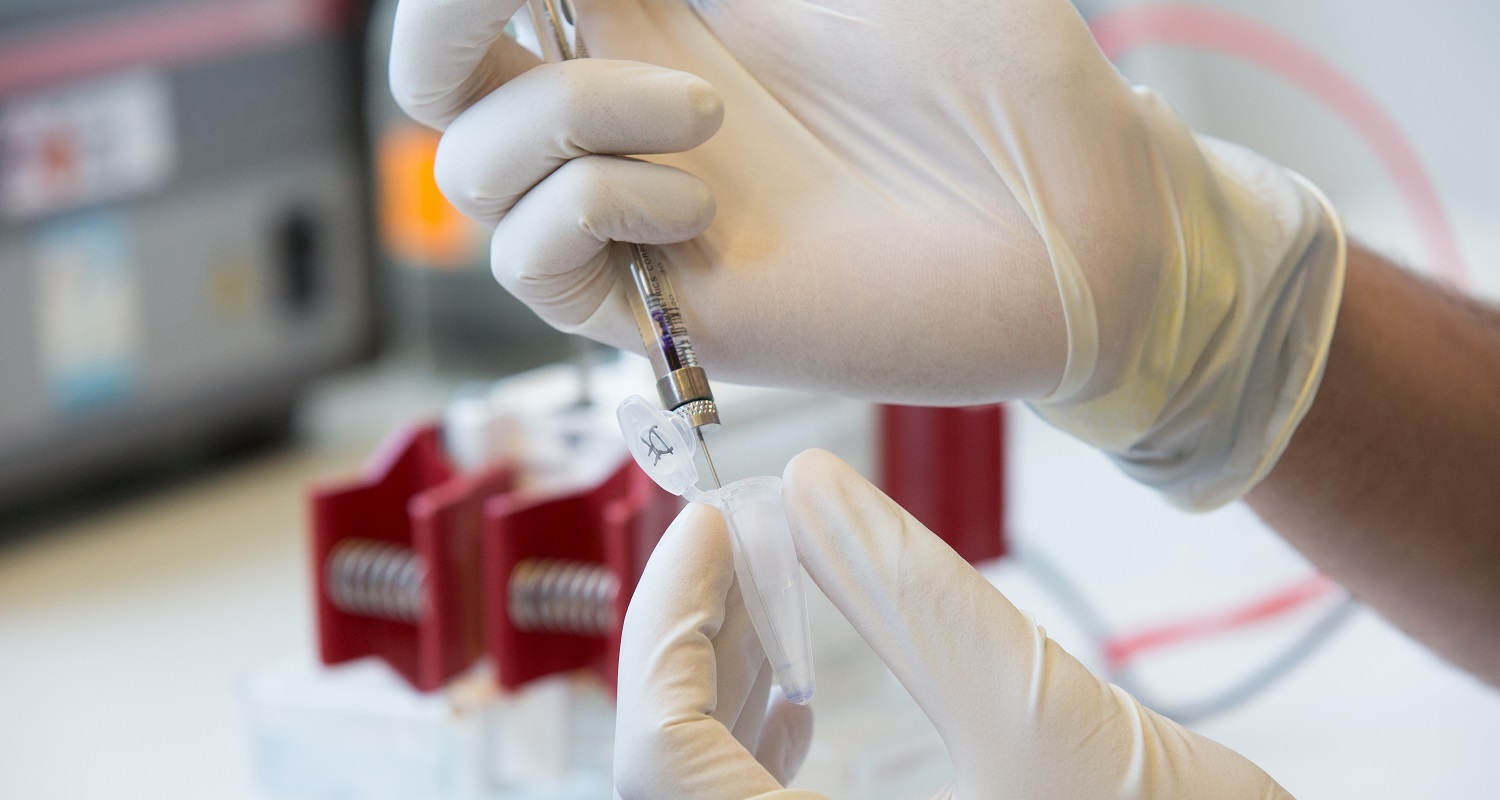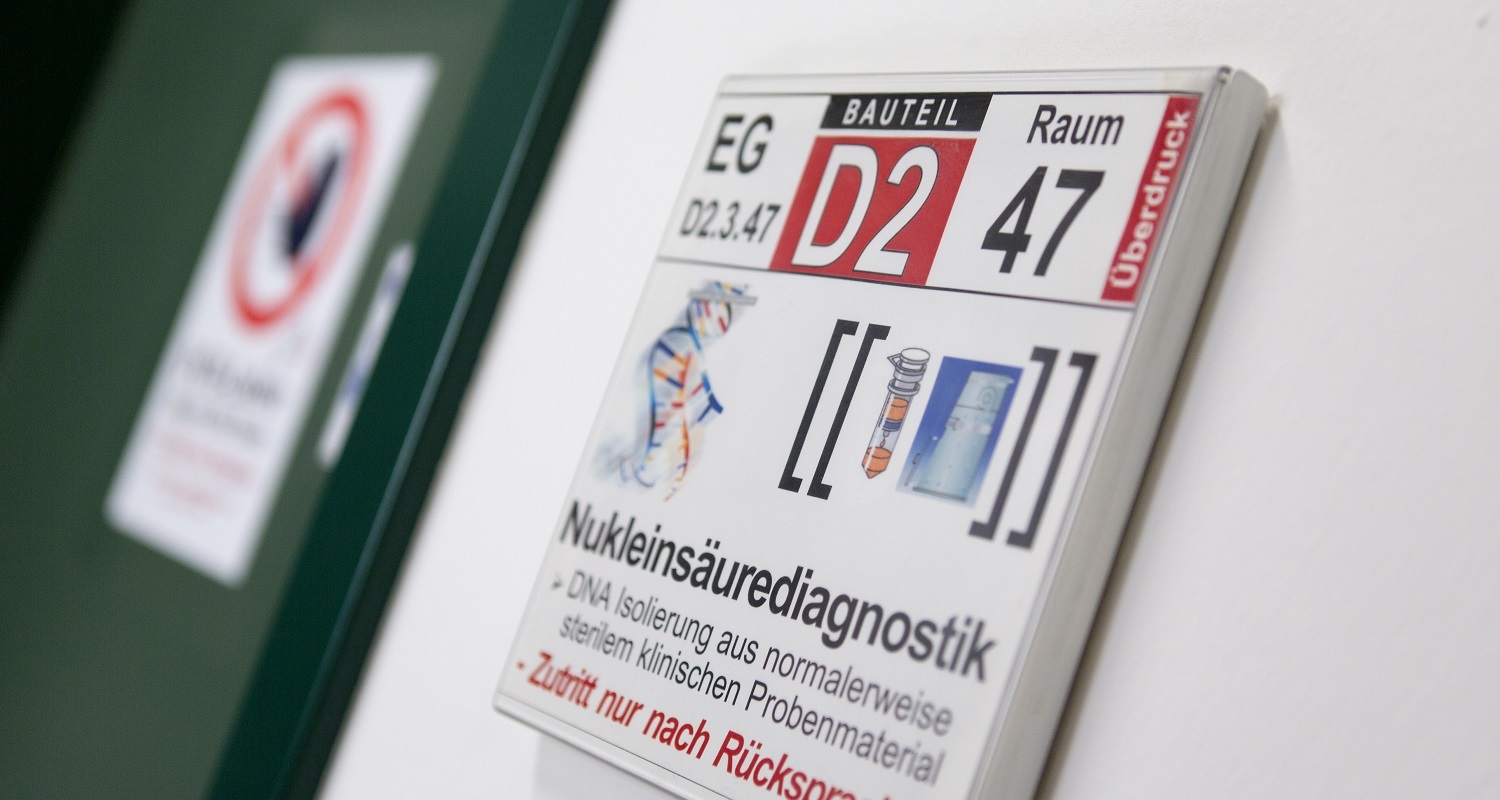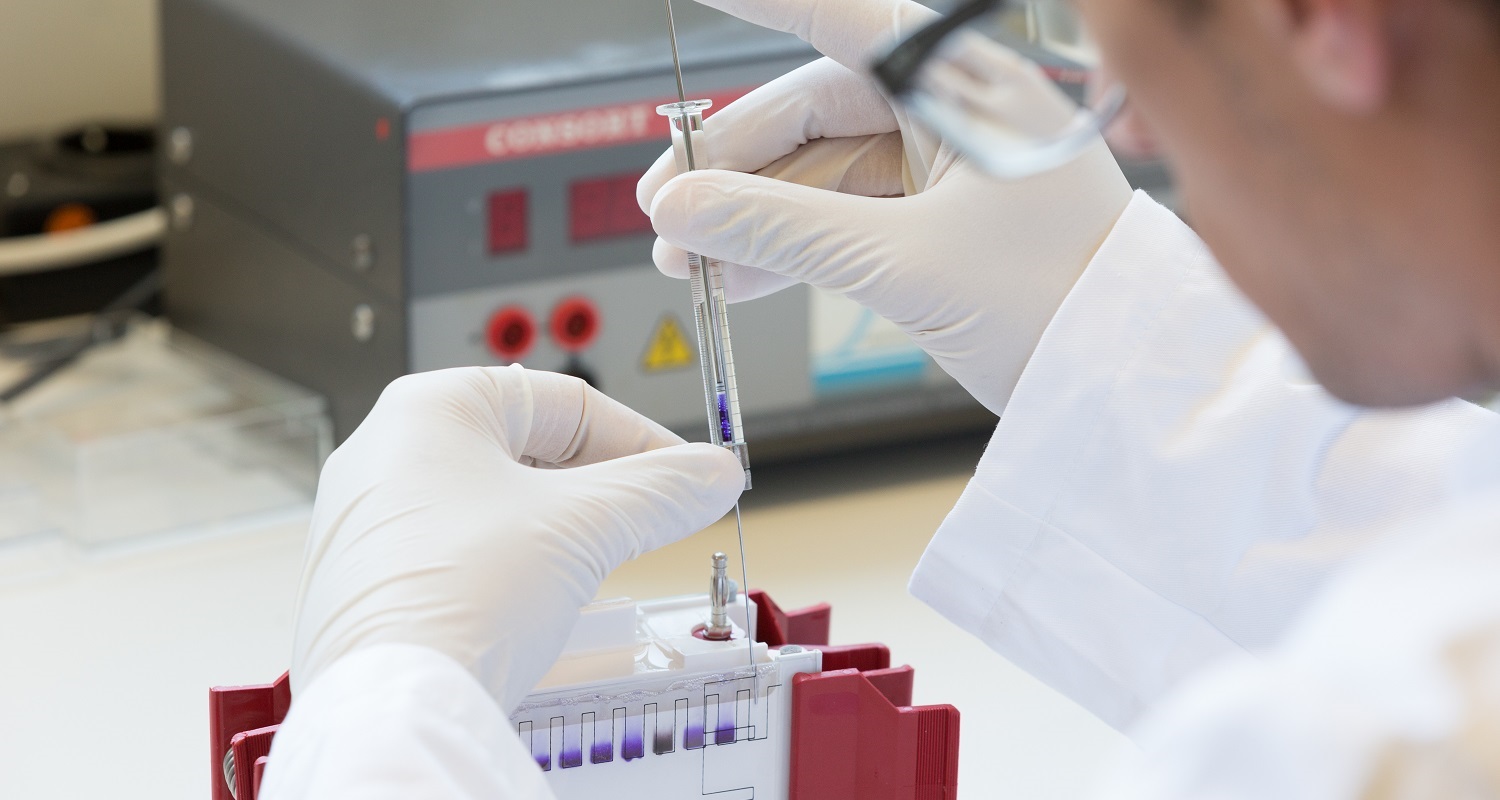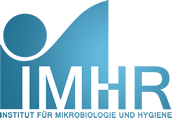Paget’s disease of bone (PDB) depicts a severe condition of pathological bone abnormalities affecting about 2-5% of the Caucasian population older than 55 years. PDB is characterized by elevated numbers of enlarged osteoclasts with increased multi-nucleation. Thus, PDB patients suffer from high bone turnover rates caused by elevated osteoclast-associated bone resorption coupled with an irregular formation of unstable bone material.
Risk factors for PBD include both environmental (diet, toxins, biomechanical overuse, etc.) and genetic factors (SQSTM1, CSF1, TNFRSF11A, OPTN, TM7SF4, etc.). SQSTM1, which encodes the protein p62, is by far the most important PDB susceptibility gene. Thus, about 30 different PDB-casing mutations have been identified so far.
Despite the advanced knowledge about PDB-associated mutations in p62, the exact etiology and pathomechanisms underlying the PDB symptoms remain elusive and conflicting. In order to overcome these challenges, our group uses an already established p62-deficient mouse model as well as a recently generated mouse line with partial deletion of several p62 signal transduction domains. Different in vitro and in vivo tools are currently utilized to characterize the exact role of p62 in normal osteoclast differentiation and to get insights into the functional consequences triggered by p62 deficiency or partial deletion of p62 domains.
Established technics and ongoing projects:
• qRT-PCR-based quantification of p62 and several osteoclast genes (A)
• characterization of Nfatc1 and NfκB activation during differentiation using EMSA (B)
• Western Blot analysis of osteoclast differentiation kinetics (C)
• immunofluorescence-based detection of proteins in ex vivo generated osteoclasts (D)
• quantification of osteoclast resorption activity via biomimetic calcium-phosphate assay (E)
• phenotypical characterization of p62 mouse models using µCT analysis (F)
• staining of sections derived from decalcified and paraffin-embedded murine bones (G)
• staining of sections derived from non-decalcified resin-embedded murine bones
For additional information:
Zach F, Mueller A, Gessner A (2015) Production and Functional Characterization of Murine Osteoclasts Differentiated from ER-Hoxb8-Immortalized Myeloid Progenitor Cells. PLoS ONE 10:e0142211; PMID: 26529319

